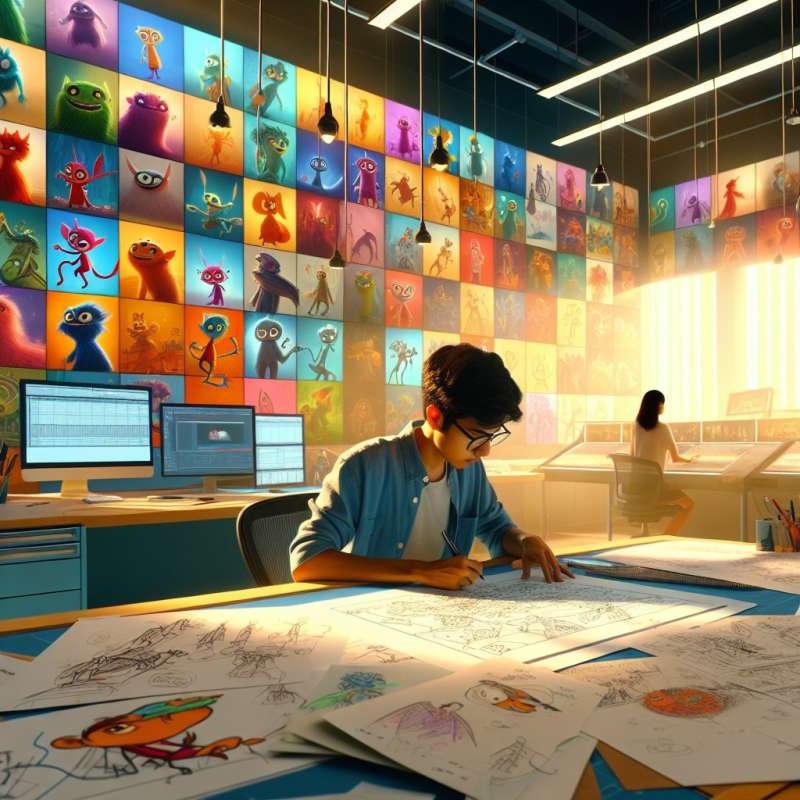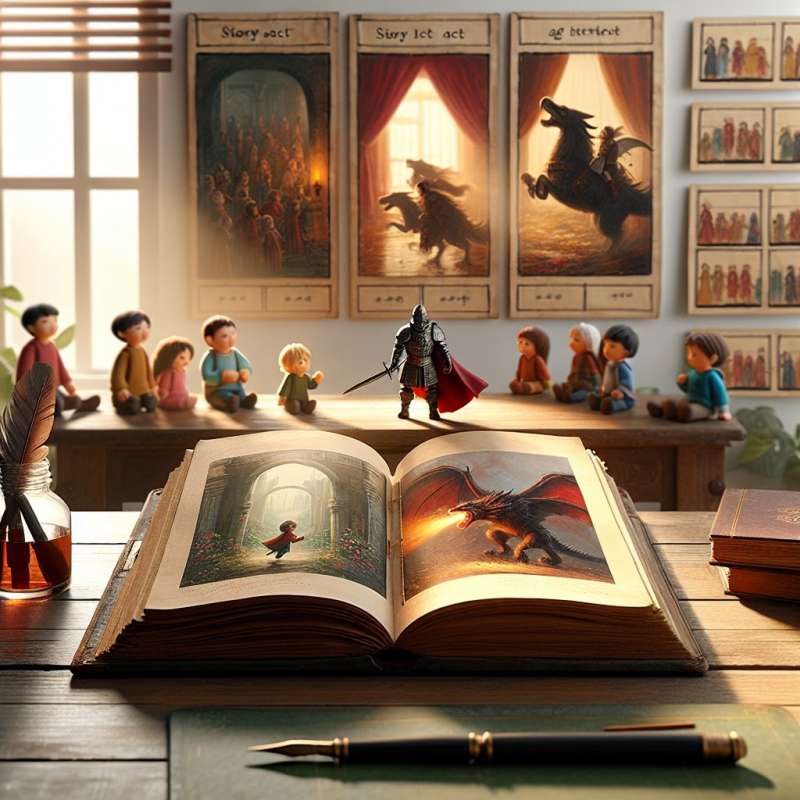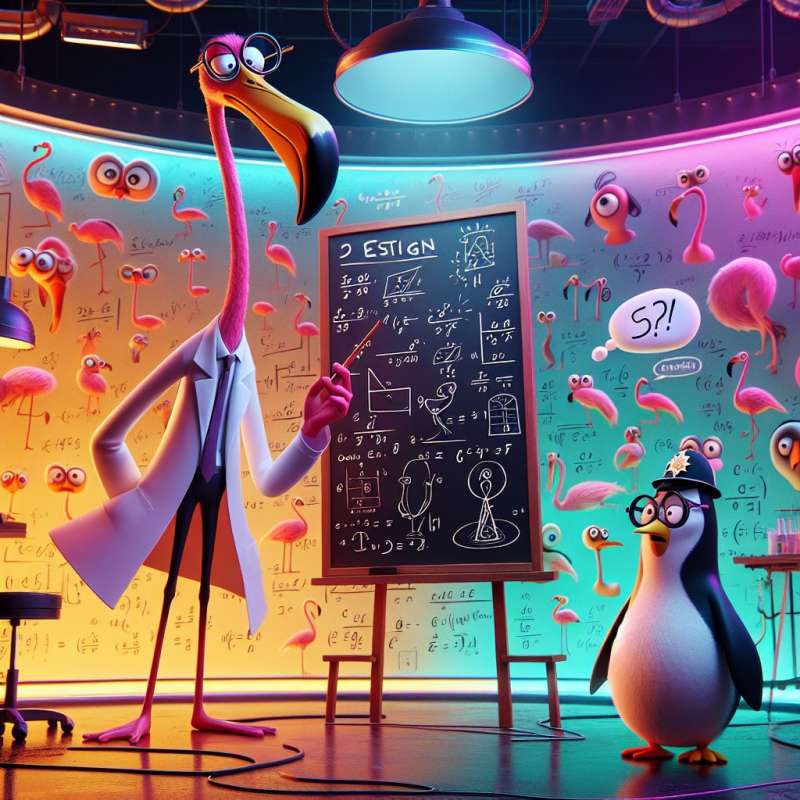
Understanding Animation Writing
Animation writing differs from live-action scripts. It requires visual storytelling, with scripts often including detailed scene descriptions and character actions to guide animators and artists.
Conceptualizing Your Idea
Begin with a solid premise. Outline your world, characters, and the rules governing them. This conceptual framework supports the story and ensures consistency throughout the episodes.
Structure Your Narrative
Employ a three-act structure: setup, confrontation, resolution. Even episodic animation often follows this pattern within each episode to maintain viewer engagement and narrative momentum.
Creating Memorable Characters
Design characters with distinct personalities, backgrounds, and motivations. Characters should evolve over time, offering depth to engage the audience emotionally and support merchandising efforts.
Visual Scriptwriting Techniques
Incorporate camera directions, character expressions, and timing cues unique to animation. This can include squash and stretch, anticipation, and exaggerated movements to convey emotions effectively.
Dialogue and Humor
Animation often relies on snappy dialogue and humor. Write lines that play to visual gags and character quirks, keeping in mind the voice actors' delivery which can add another layer of comedy.
The Revision Process
Script revisions are crucial. Obtain feedback, particularly from those in the animation field. Iterations refine pacing, humor, and character development, leading to a polished script ready for production.
What is key in animation writing?
Detailed live-action sequences
Minimal scene descriptions
Detailed scene descriptions
Company